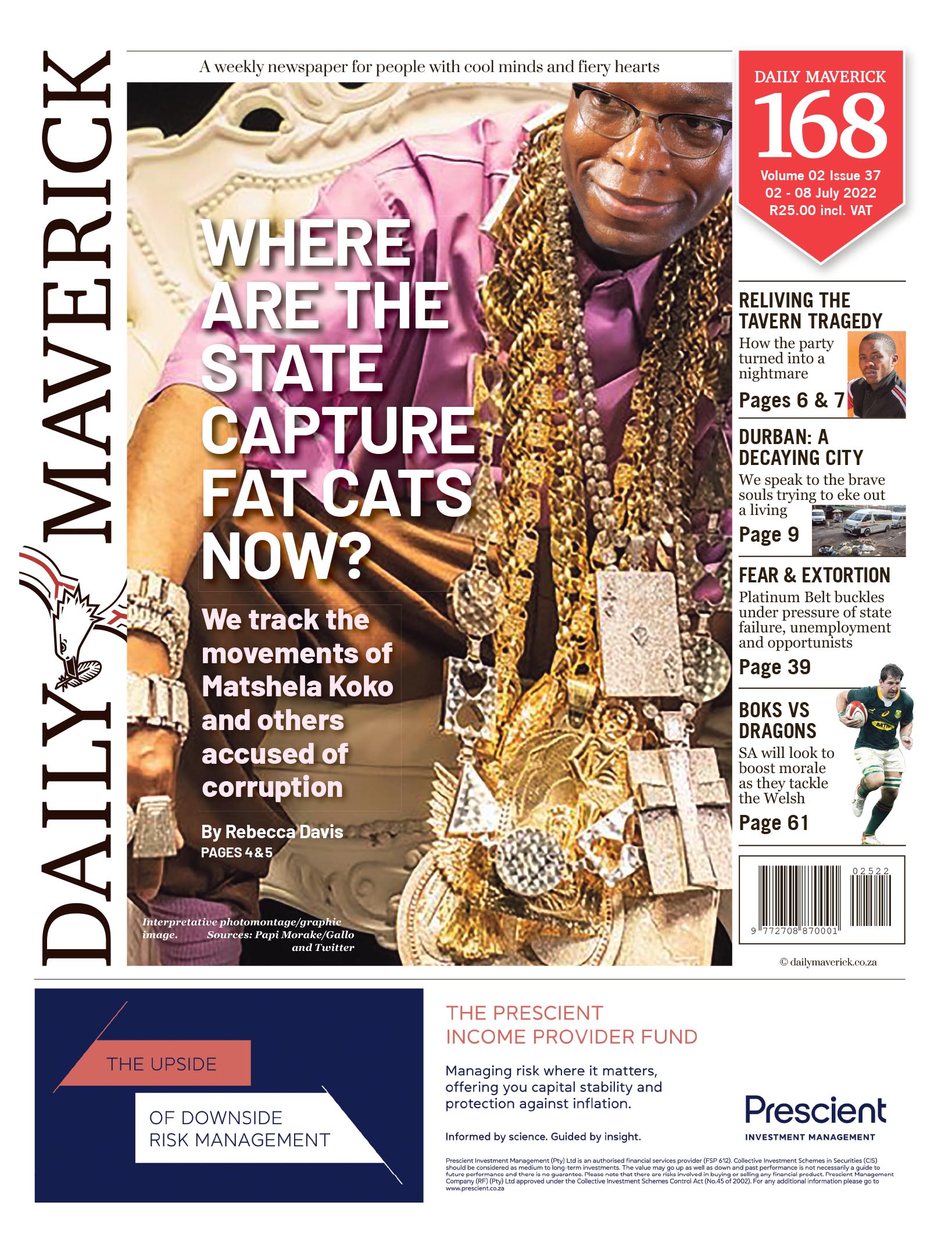Rising interest rates put a brake on economic growth, further hampering their ability to generate fiscal revenue and cover interest bill payments. With weaker currencies, the ensuing downward vicious cycle is compounded by higher inflation from the soaring costs of imports, such as energy and food.
It is at this point, not long before countries run out of foreign exchange reserves, that they experience a full-blown balance of payments crisis and then, finally, default. Usually, the IMF is next on the line.
Borrowing in hard currencies such as the dollar has therefore been termed “the original sin” of emerging markets. The first such spate of these crises was in the late 1970s and then the 1980s. More recently, the debt crisis of the late 1990s played out in a near identical fashion.
Now with interest rates rising sharply in the US and the dollar strengthening, there is an added level of complexity: a full-blown energy and food crisis.
With the war in Ukraine pushing up the costs of these imports and creating imported inflation across emerging markets, sovereign debt expert Jay Newman told Bloomberg recently it is looking like “a perfect storm for emerging markets”.
Early signs are not encouraging. Already, the above dynamic has played out with depressing predictability in a number of particularly vulnerable markets such as Sri Lanka and Lebanon. Both countries face a balance of payments crisis, with foreign exchange reserves exhausted.
It is practically impossible to obtain fuel, imported food and vital medical supplies on the streets of Beirut and Colombo. The crisis has claimed the scalps of both governments, with humanitarian crises worsening by the week.
Turkey has been teetering on the edge for months. Despite the country having reasonably robust debt metrics, with lower debt-to-GDP and budget deficit than South Africa, the “unorthodox” (to say the least) monetary ideas of President Erdoğan have not helped.
He continues to believe that it is high interest rates which cause inflation and not the opposite, putting pressure on the central bank to cut rates despite soaring price levels. Inflation has reached 75%, with the lira down 90% in the last year. Investors, unsurprisingly, have fled the country’s bonds.
Across Africa, there are also worrying signs. Last month, East African powerhouse Kenya decided against issuing a $982-million hard currency USD Eurobond and will rather refinance existing USD debt with a loan from a consortium of commercial lenders, citing high yields and uncertain market conditions.
Zambia, a perennially unpredictable borrower who has defaulted several times – most recently in 2020 – is also battling to refinance obligations and remains stuck in negotiations with creditors, having negotiated a $1.4-billion bailout from the IMF last year.
So far, it seems it is business as usual. But now there is one new critical player involved: China.
Over the past 20 years, Chinese state entities have emerged as the main lending presence to emerging markets across Asia, Africa and Latin America. However, the methods by which they lend are entirely different to those of the west.
Fundamentally, the terms of China’s sovereign loans are completely secret, to the point that even loan documentation signed with governments is confidential.
In the case of an emerging markets crisis, it is impossible to know how China will engage with borrowers and other creditors. If contagion spreads across the emerging world, it will be critical how this dynamic plays out.
South Africa is in a comparatively better situation than many.
First, only around 10% of South Africa’s debt is in a hard currency like the USD, with the vast majority in rands. This makes SA relatively impervious to a weakening currency, at least in terms of debt serviceability.
Second, SA continues to be a big commodity exporter, a valuable source of foreign exchange.
Third, SA has not borrowed from China as aggressively as other African countries have.
And last, South Africa’s Reserve Bank and National Treasury are models of monetary and fiscal professionalism, which will go a long way towards placating fears of investors.
However, with darkening clouds on the global economic horizon and increasing domestic political instabilities, both the governor of the SA Reserve Bank and the Minister of Finance should be prepared for choppy waters ahead. BM/DM
This story first appeared in our weekly Daily Maverick 168 newspaper, which is available countrywide for R25.

















 Become an Insider
Become an Insider
Comments - Please login in order to comment.